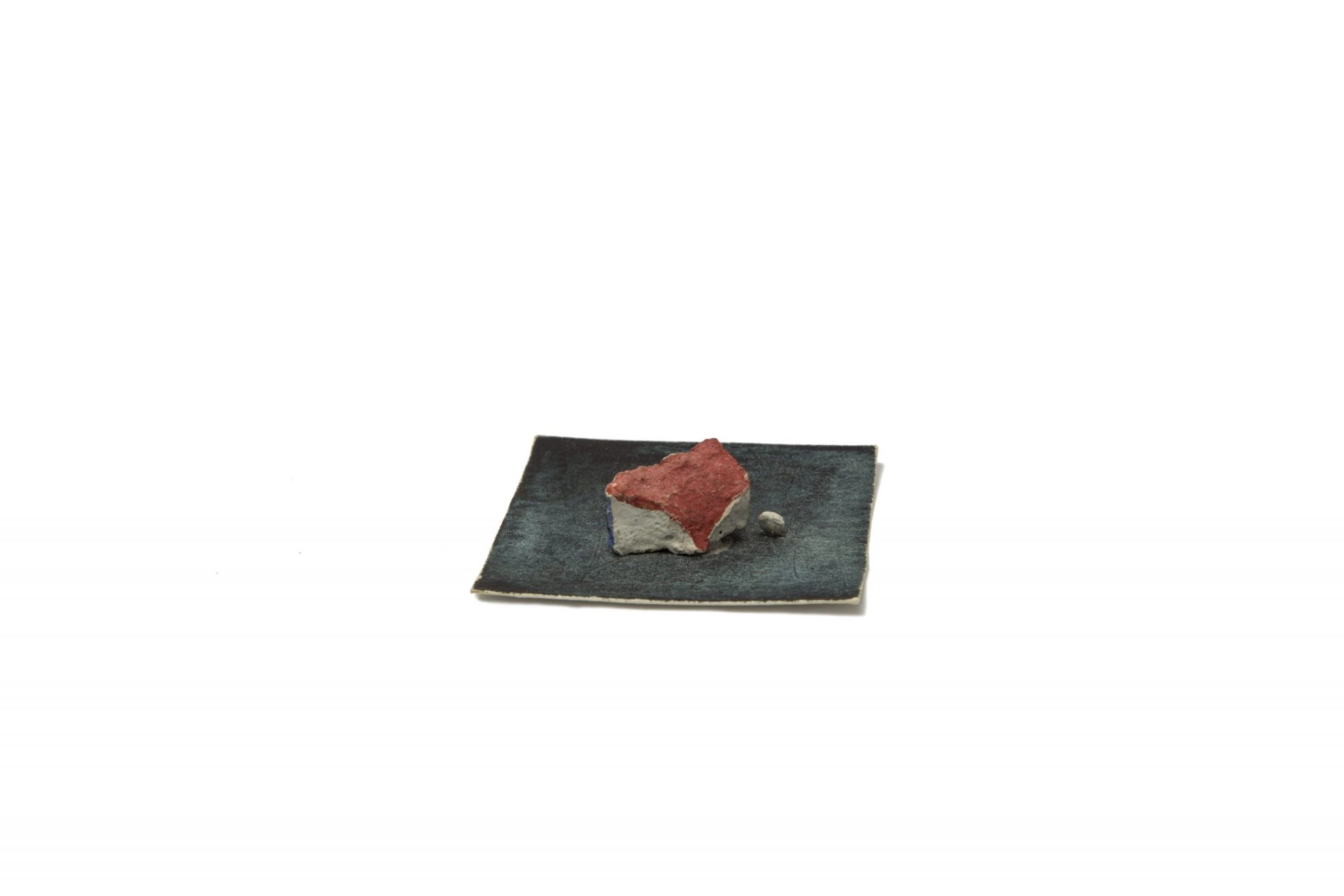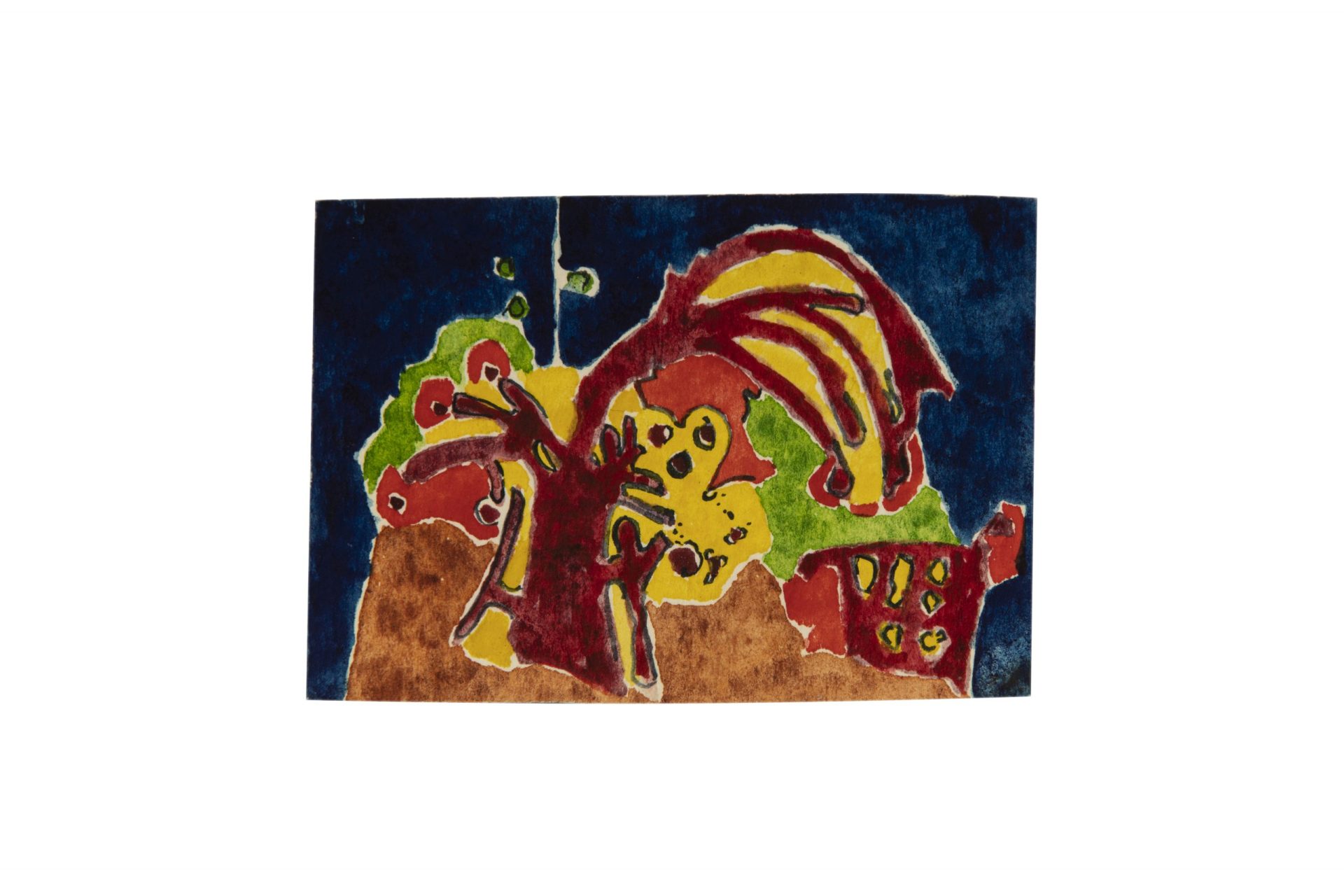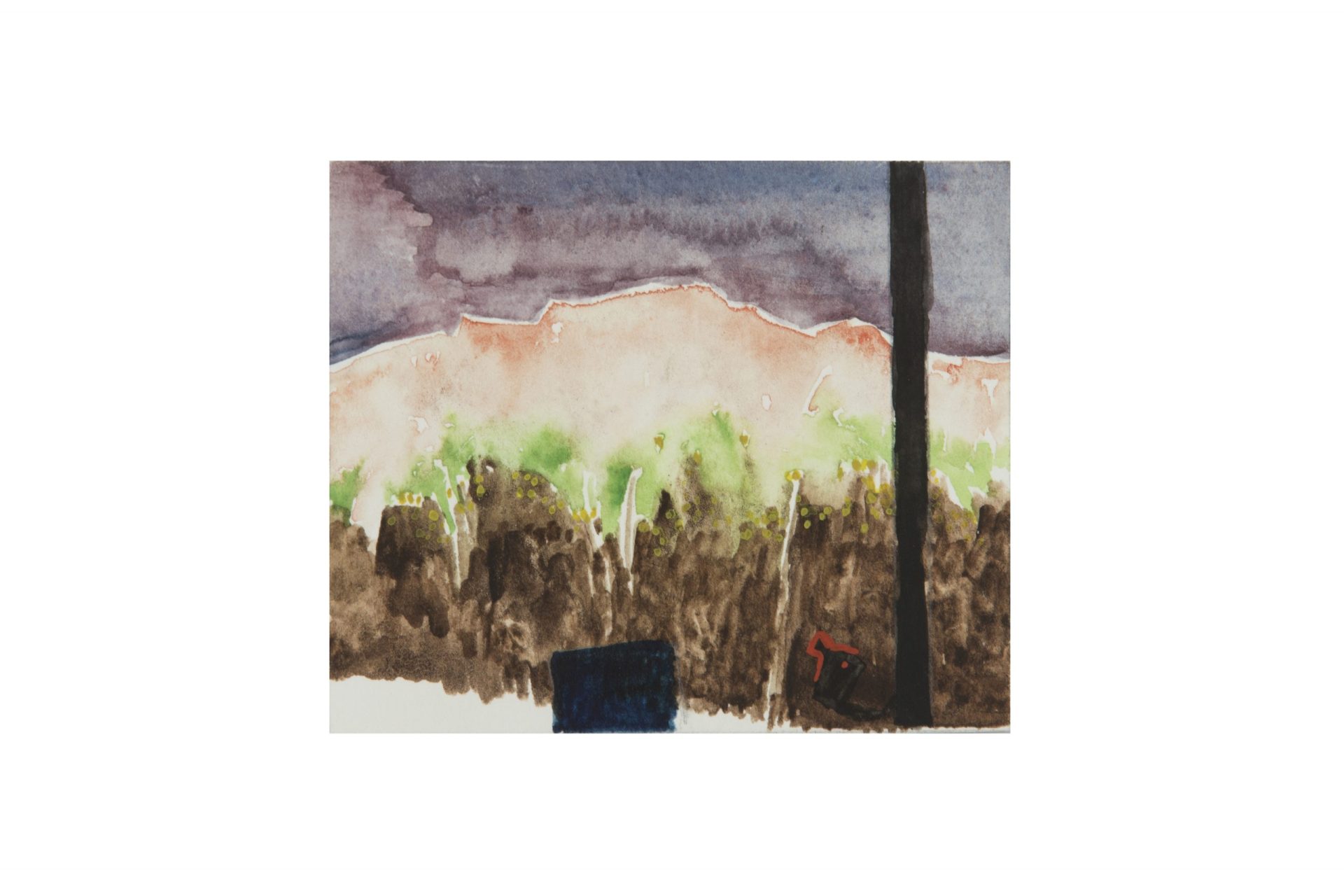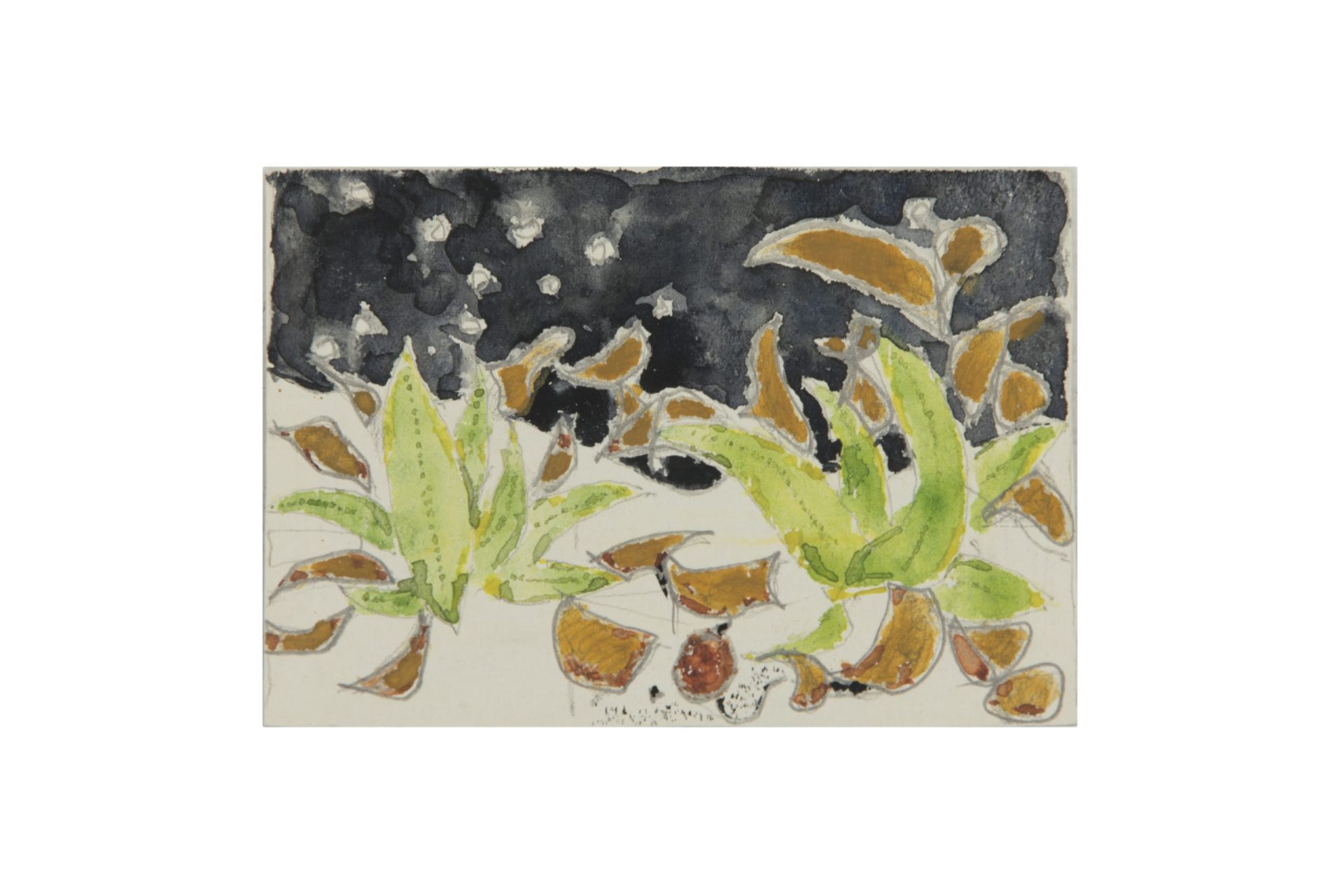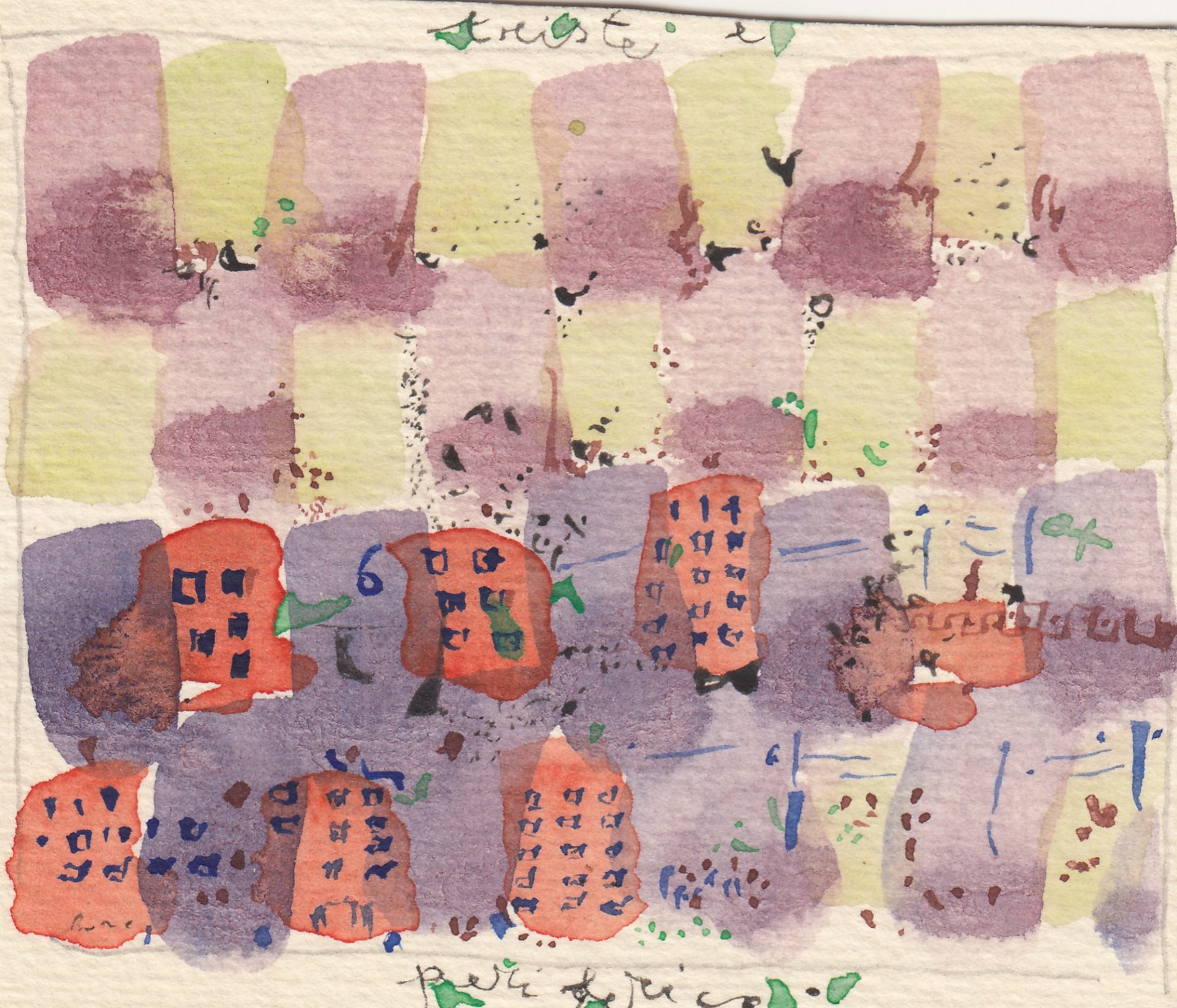Come see my nature!
Oscar Andrea Braendli, called Oscarino, was born in Milan on 15 January 1950, into a Swiss family who loved nature and the arts. At home he used three languages to communicate: Italian, German and drawing.
After graduating from high school at the German School in Milan, he moved to Zurich where he spent several semesters studying German and biology, subjects that would always interest him.
He then lived between Milan and the Canton of Ticino, where he died in Bombinasco on 9 August 2009.
He painted all his life for the pleasure and consolation of doing so, without caring about making his work known. He has left us some 2500 watercolours of small and very small dimensions in which he creates what has been described as a poetic micro-world.
For the Museum of the Milano Green Forum, 16 works have been chosen, dedicated to three themes very dear to him.
For more information visit oabraendli.com
Artist:
Oscar Andrea Braendli


